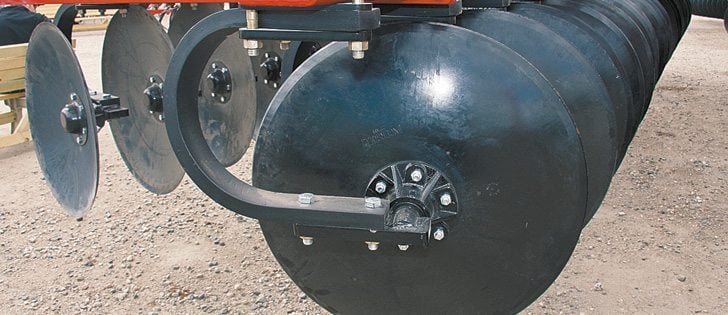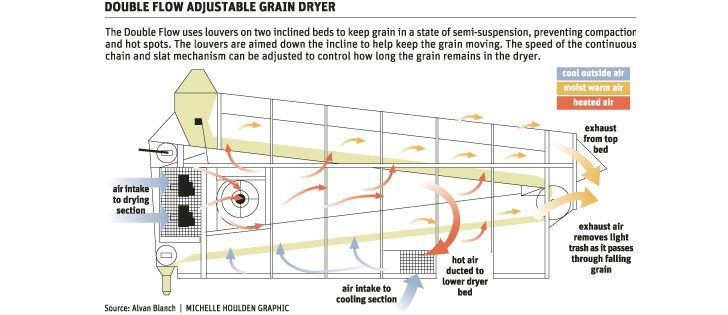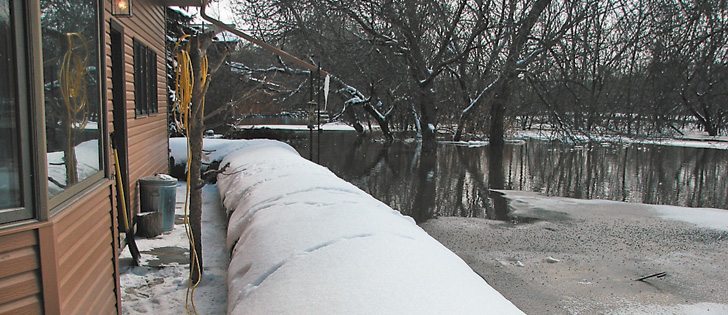Uniform residue | Organisms better able to break down trash into organic matter
FARGO, N.D. — As corn acres increase, so too does the need for tillage implements to handle that tough Bt residue.
Some engineers have smashed, slashed and obliterated the stubborn stalks and roots, while others evenly blend the residue into the top few inches of soil.
Jim Balstad of Wil-Rich Manufacturing is in the latter group, arguing that it requires less diesel fuel and allows soil organisms to better perform their functions.
Balstad debuted a new heavy trash, heavy tillage implement this past fall that is designed for continuous corn field conditions.
Read Also

More work wanted on removing red tape
REGINA — Canadian farmers risk falling further behind competitors if two main federal agencies don’t become more efficient and responsive…
“We’ve seen that soil to residue contact is the best way and most economical way to break down the residue,” he said.
“Most manufacturers design disc ripper style machines with the idea that cut is the most important factor. We’ve found that’s not the case. Mixing is the most important factor. You want a continuous, even trash layer mixed in the topsoil, spread uniformly across the width of the machine.”
Balstad said the best bio-breakdown is achieved by uniformly spreading and blending residue with soil.
“The last thing you want to see is that pattern of piles, then a bare spot, then piles and another bare spot.
“Those piles will still be there two of three years later,” he said. “All their contact is with air, and that just doesn’t do anything for biological breakdown.”
The key to building a better double disc ripper is to design it from the point of view of the soil bacteria and B.t. residue. The soil organisms want contact with the residue, and the farmer wants residue in contact with the organisms.
Everything on the SoilPro 513 Double Disc Ripper is engineered with that in mind.
“Rather than gang style discs at the front, each 28-inch diameter disc is mounted on its own individual C-spring,” Balstad said.
“There are two ranks, the first ranks is on a 15 inch spacing. The second rank is also on individual C-springs on 15 inch spacings, but they run exactly between the first gang of discs, so we get a seven and a half inch cut. The front discs run shallower than the rear discs to ensure that all the discs are always in unworked soil. So, all this sizes your stalks and helps take care of the root balls.”
Two rows of ripper shanks are mounted at the back on 24-inch spacings. SoilPro is also available with 30 and 32 inch ripper spacings, but Balstad thinks 24 inches leave a smoother surface.
The second row of ripper shanks are positioned midway between the front shanks so the combined set covers a 12-inch swath.
“It’s got 40 inches between the front row and back row of shanks, so there’s all kinds of clearance for residue flow to prevent those piles. No other machine has that much clearance,” he said.
The ripper shanks are in a W pattern instead of the traditional V pattern, which avoids trash buildup.
Discs at the front can work to a depth of eight inches. The adjustment is fully hydraulic and is separate from the shank depth control.
The ripper shanks can work to 14 inches. Depth is gauged by the machines wheels. Hydraulics raise and lower the entire frame to set the ripper shank depth.
The shanks are protected by a 3,500 pound reset spring.
Finishing tools are available to mount behind the ripper shanks, including a two-bar coil tine basket with flat bars, a three-bar tubular coil tine harrow and a five-bar spike toothed harrow. SoilPro has walking tandem beam axles on the main frame and wings.
Balstad said his company has run the SoilPro at ground speeds from four to eight m.p.h. and found that the machine throws dirt too far when it runs too fast for the soil conditions.
“We worked it last year in extreme mud,” he said. “Our tractor tires started to lose traction before the machine started to sink.”
The smallest SoilPro 513 is the 12-foot solid frame machine with five shanks. It requires 300 to 400 horsepower and sells for $50,000.
The largest is the 26-foot folding machine with 13 shanks. It requires 500 or more h.p. and sells for $110,000.
For more information, contact Balstad at 701-671-4402 or visit www.wil-rich.com.


















